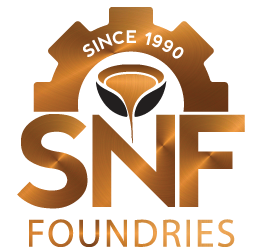| SL.NO | ALLOY | STANDARD | MIN / MAX WEIGHT |
|---|---|---|---|
| 1 | ALUMINIUM BASED |
IS , ASTM , BS: 1490 ASTM , BS:1400, NFA53 , DIN , IS , EN , UNI , JIS , AND As per Customer Requirements |
0.250Kgs to 1500Kgs
Single Piece Casting |
| 2 | COPPER BASED | ||
| 3 | ZINC BASED | ||
| 4 | WHITE METALS | ||
| 5 | NICKEL BASED |



















